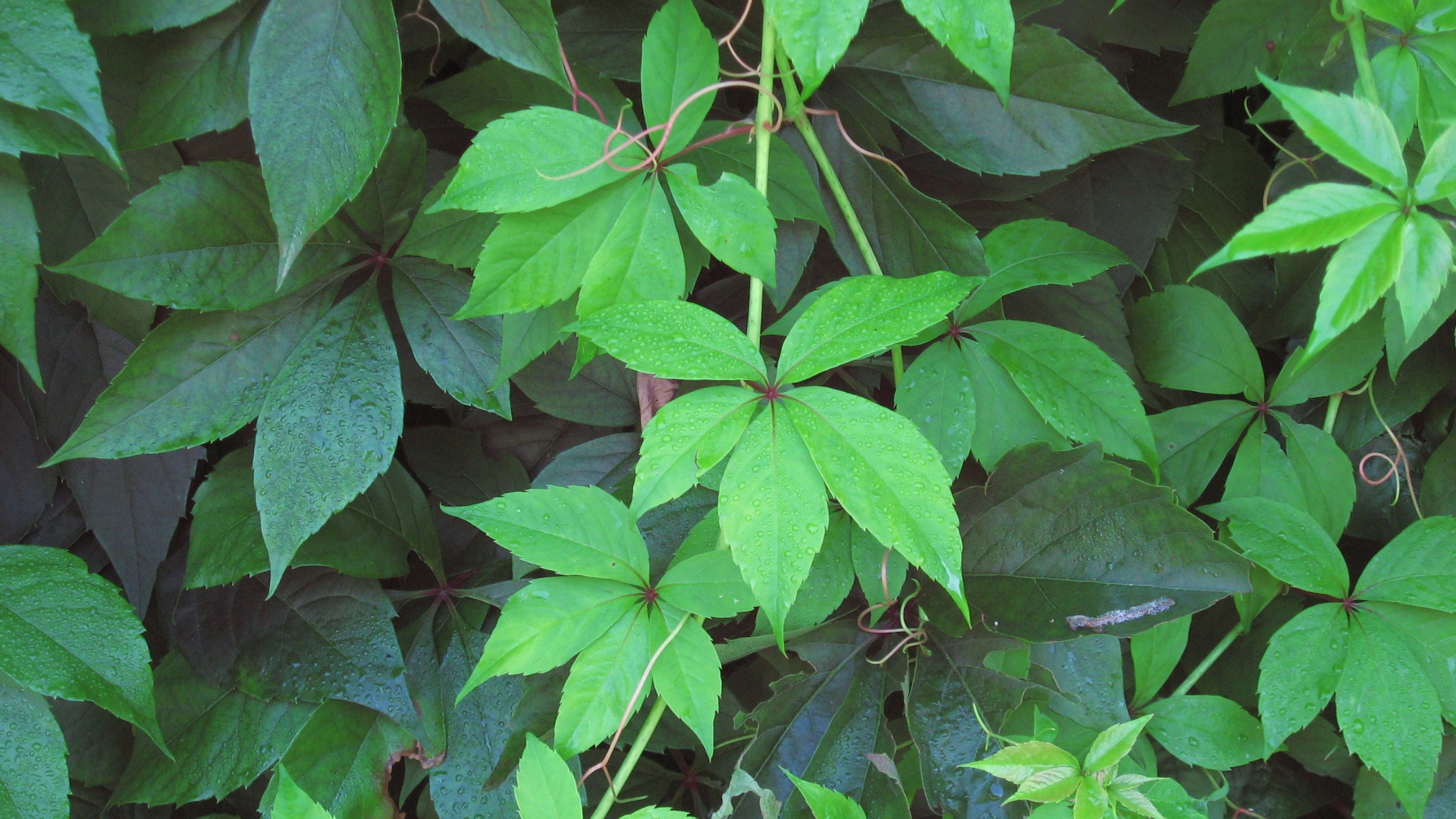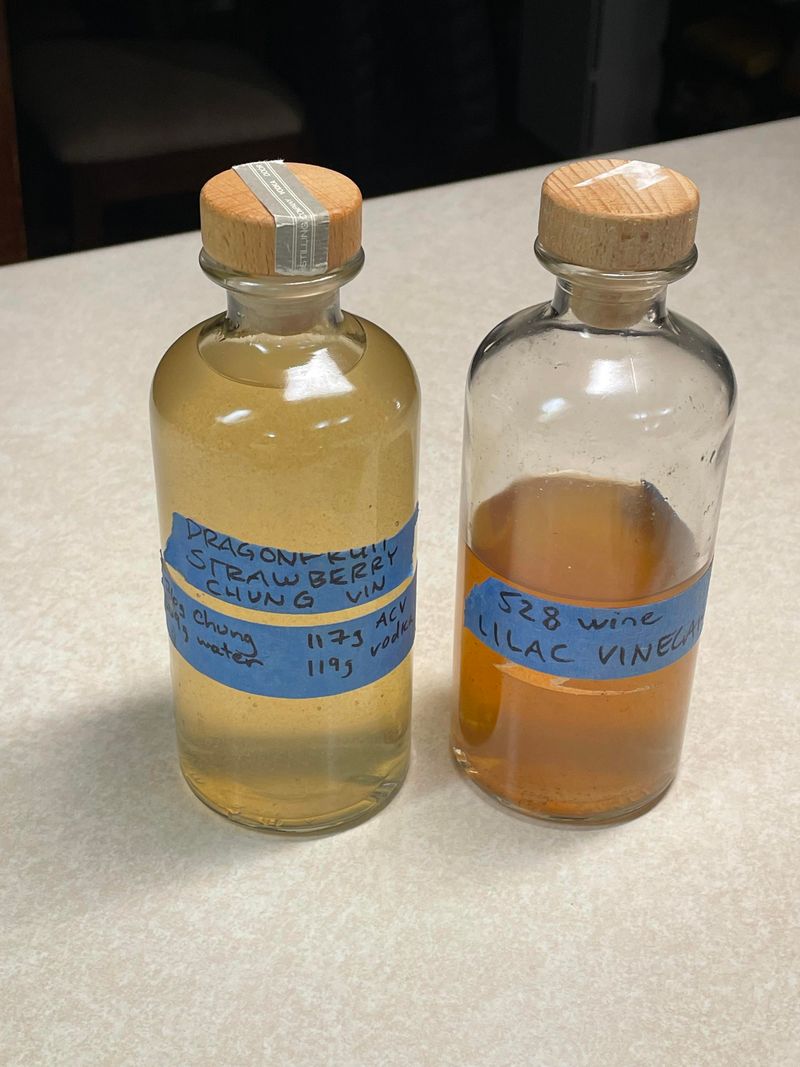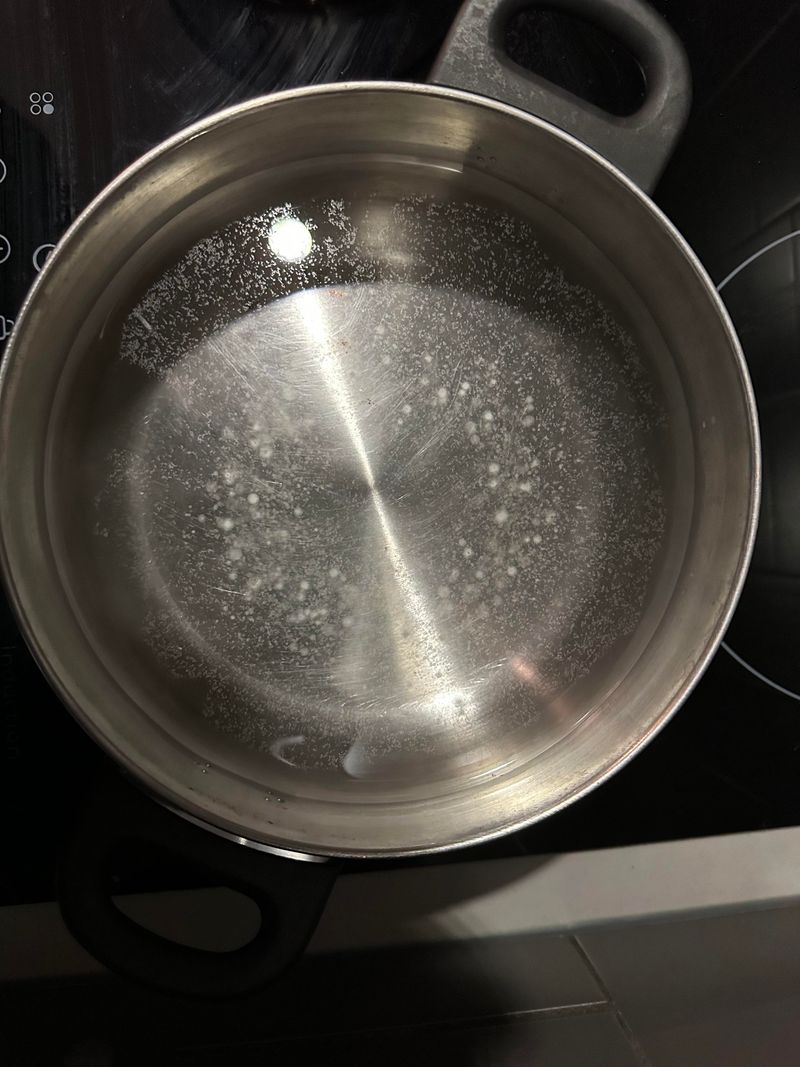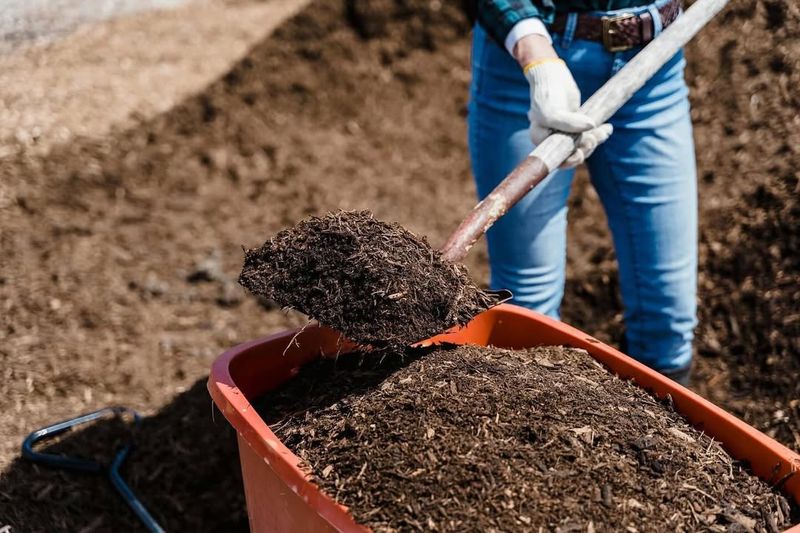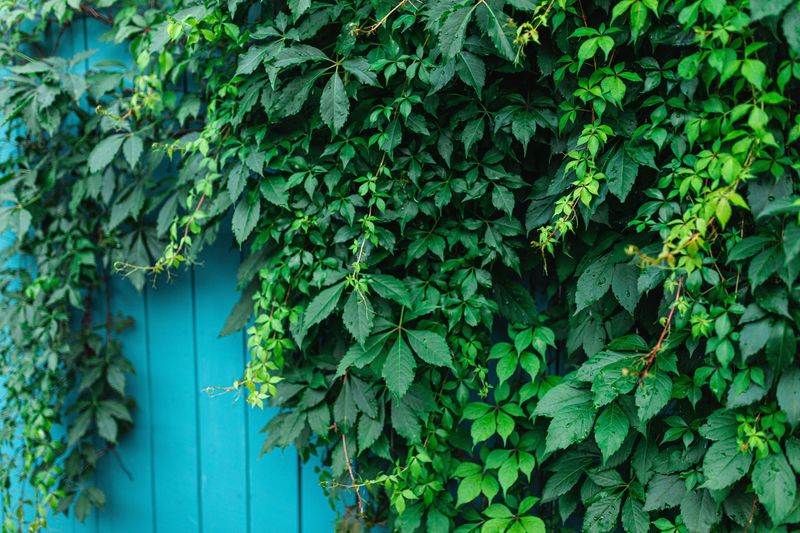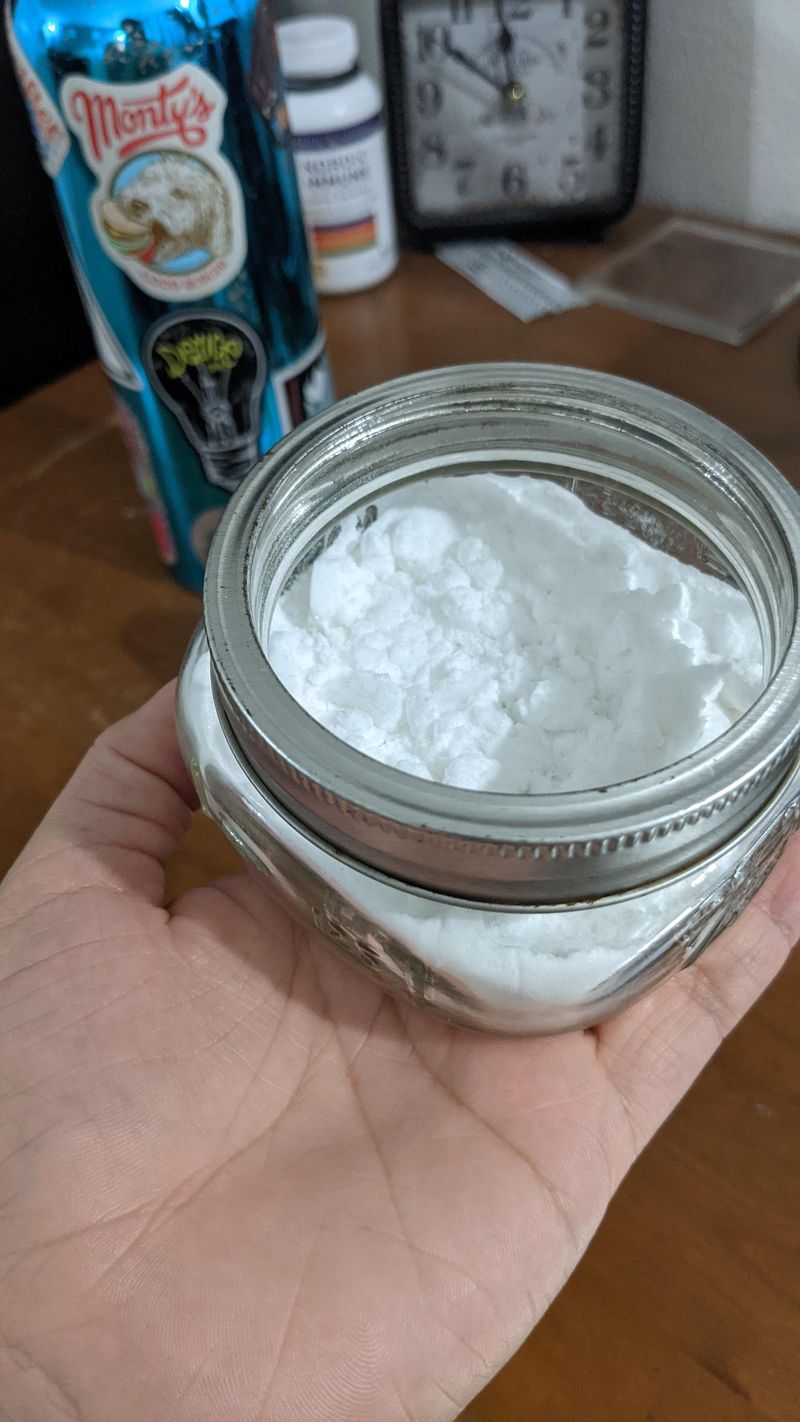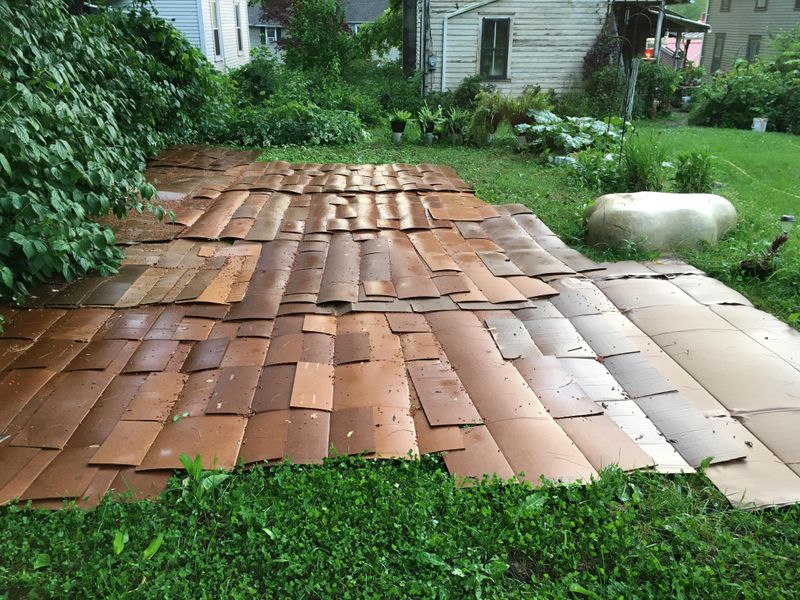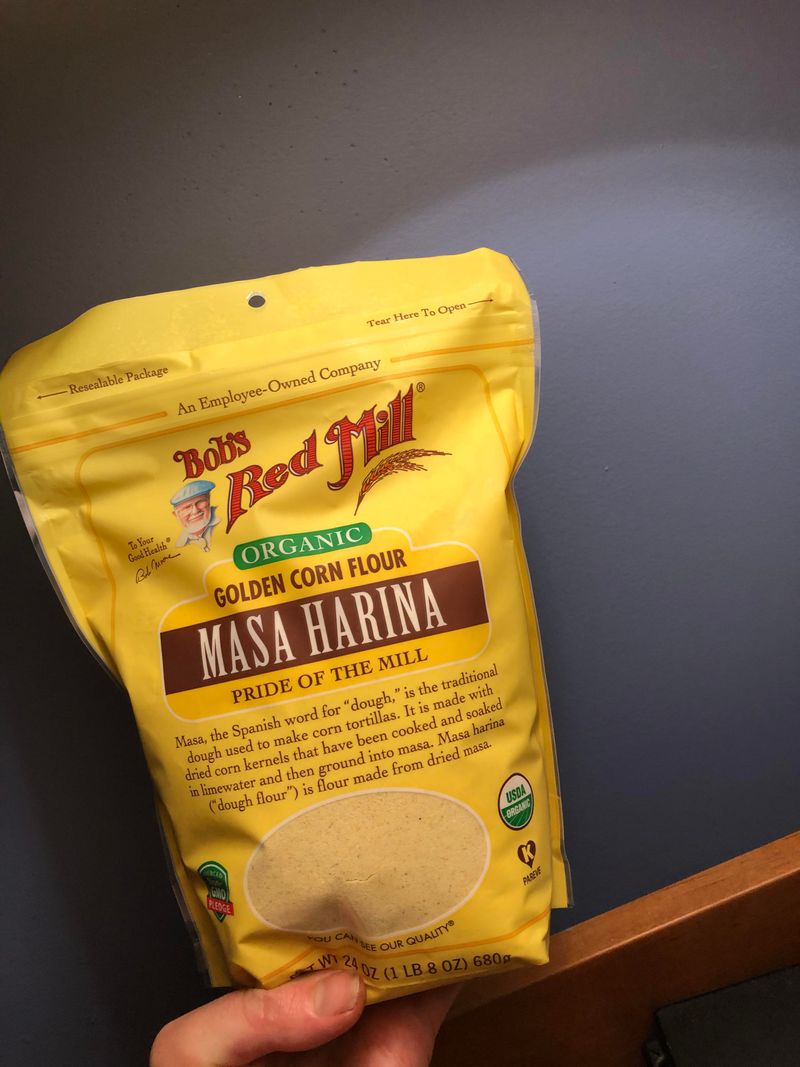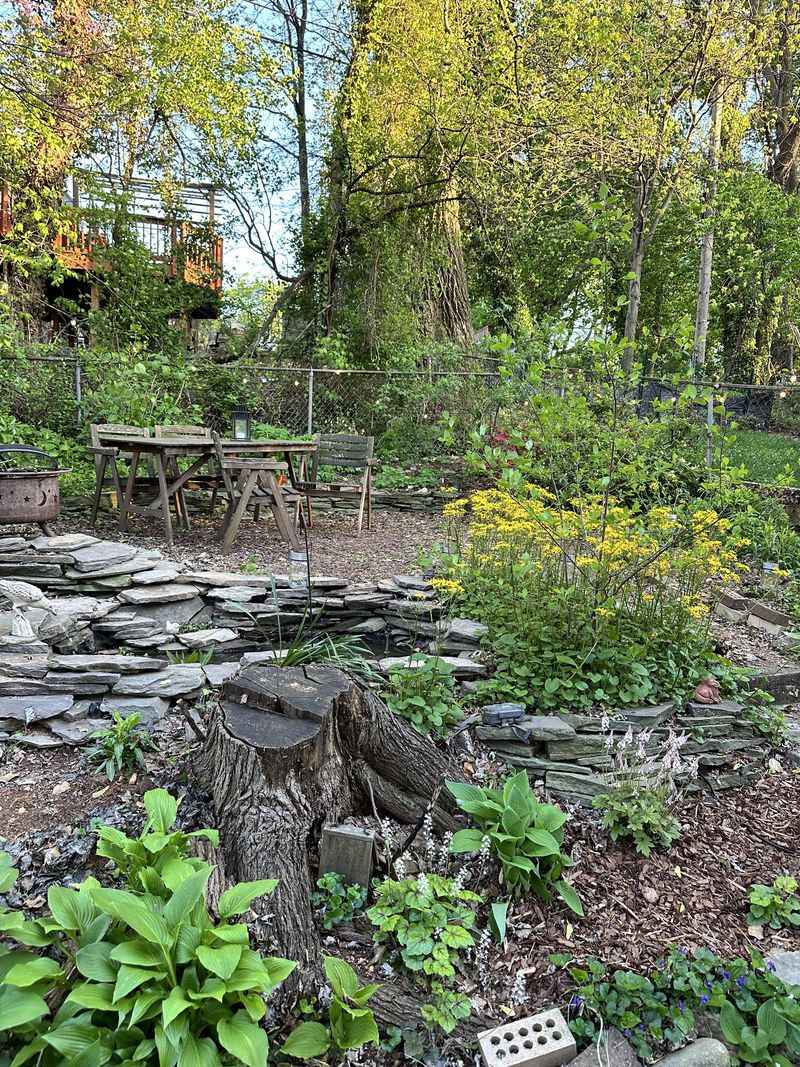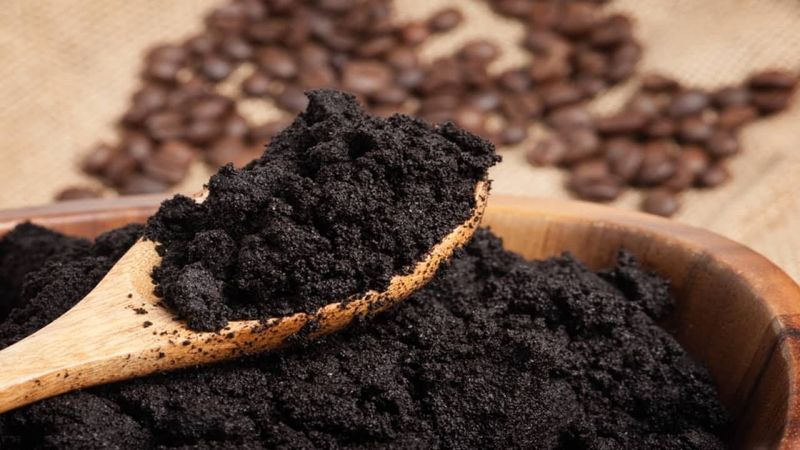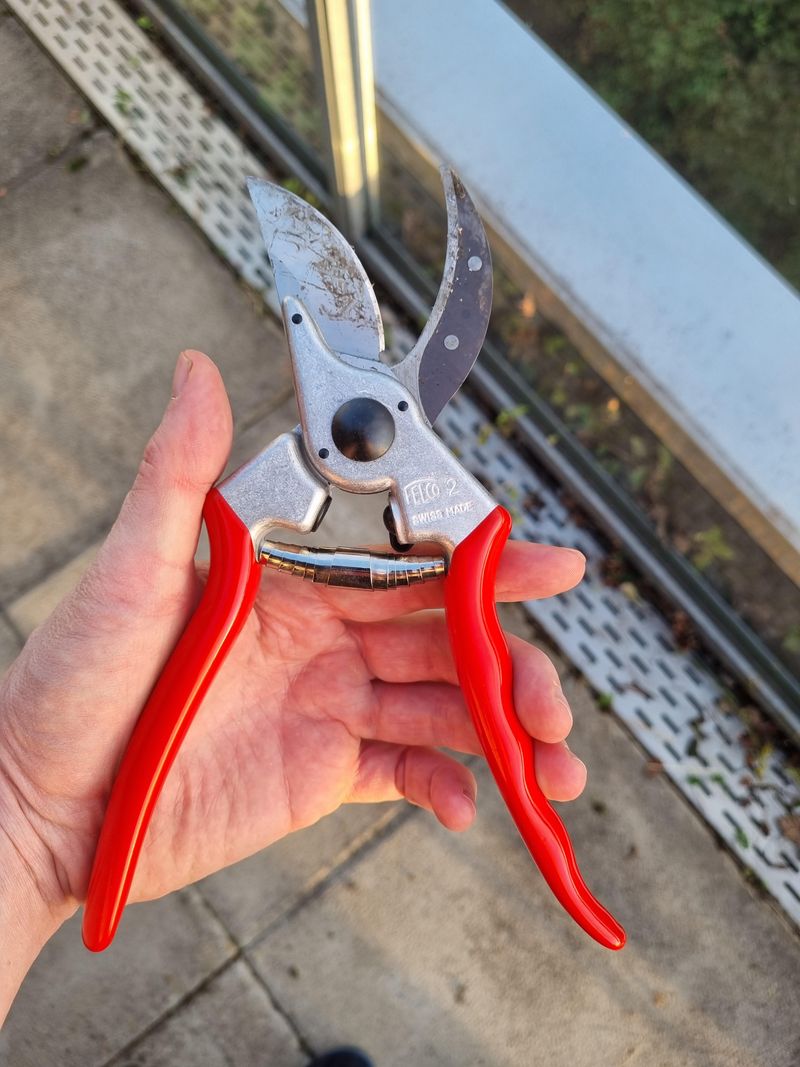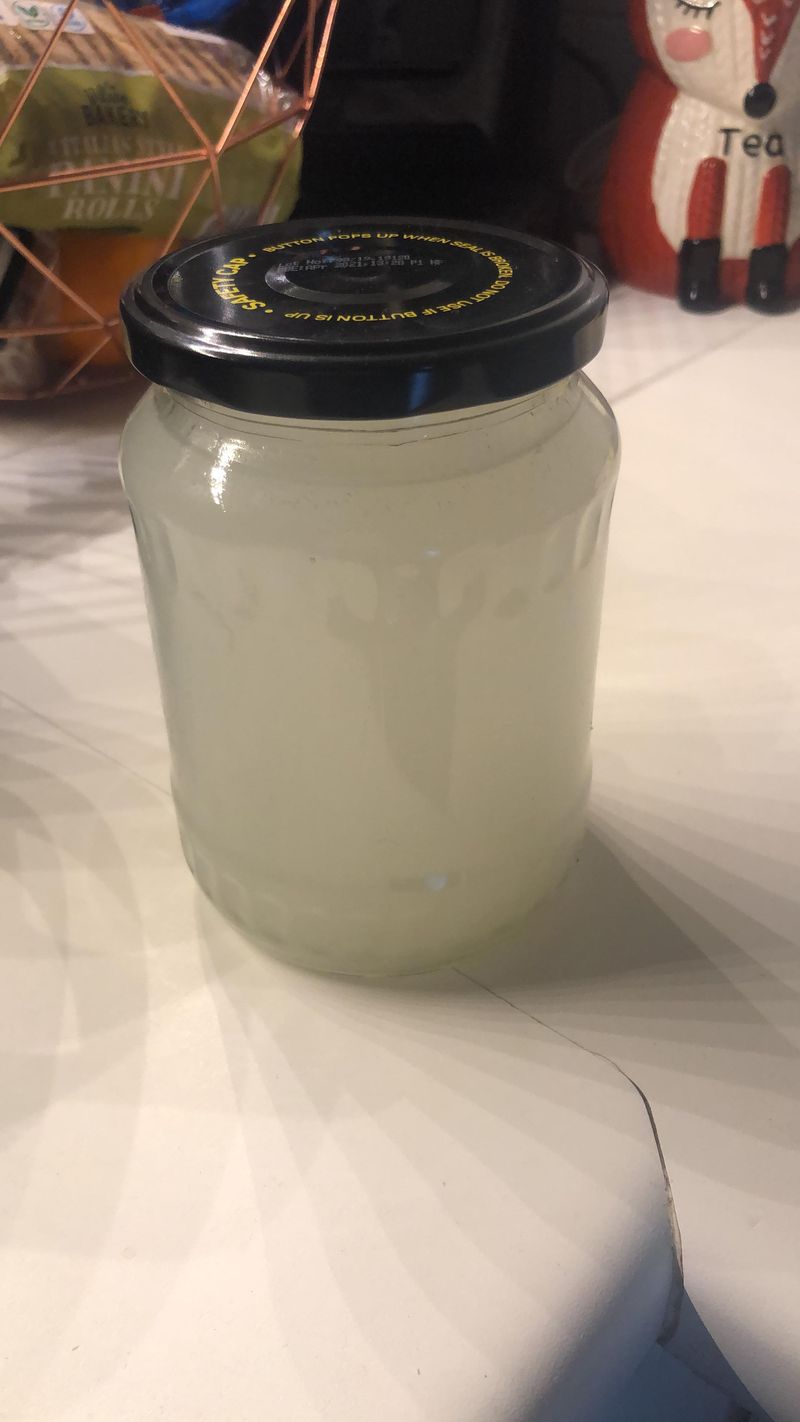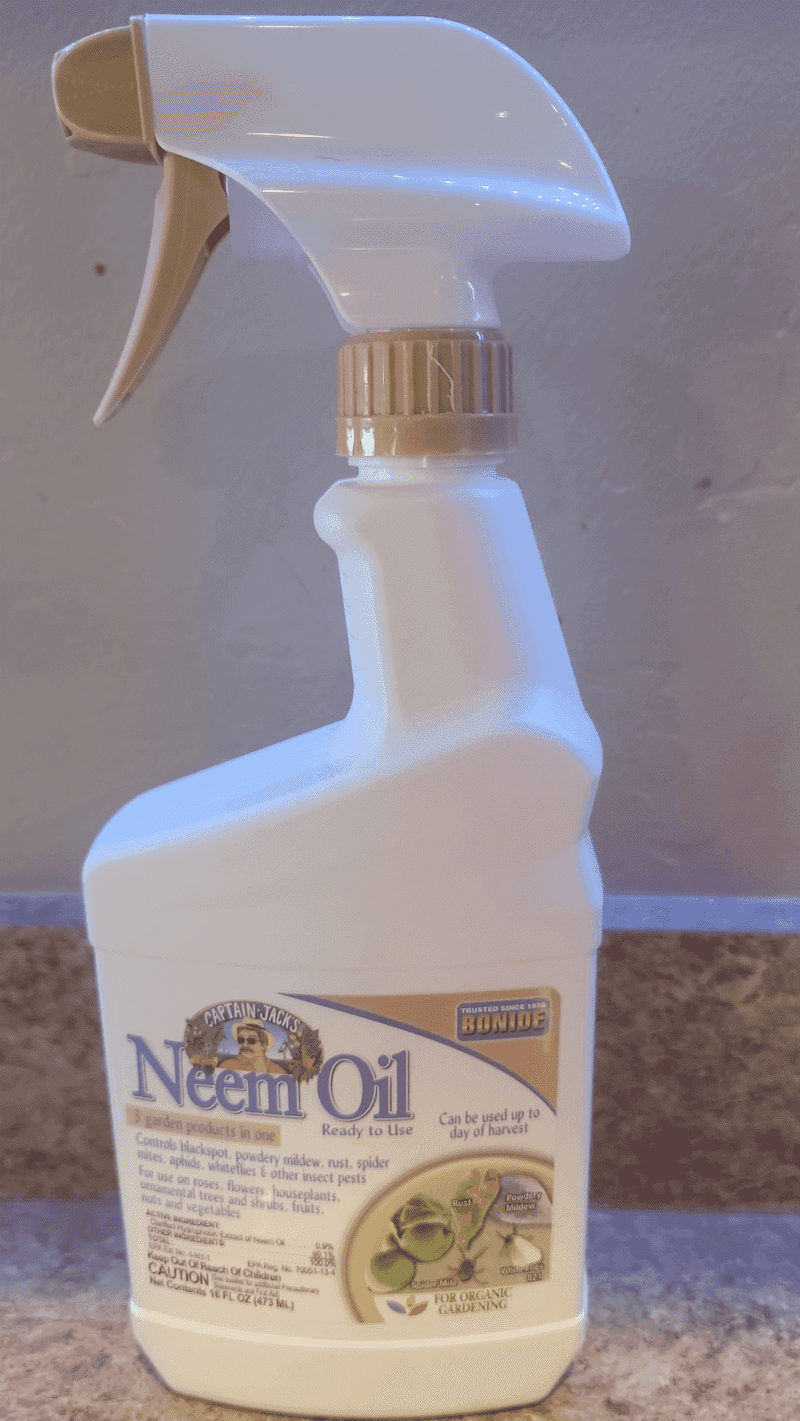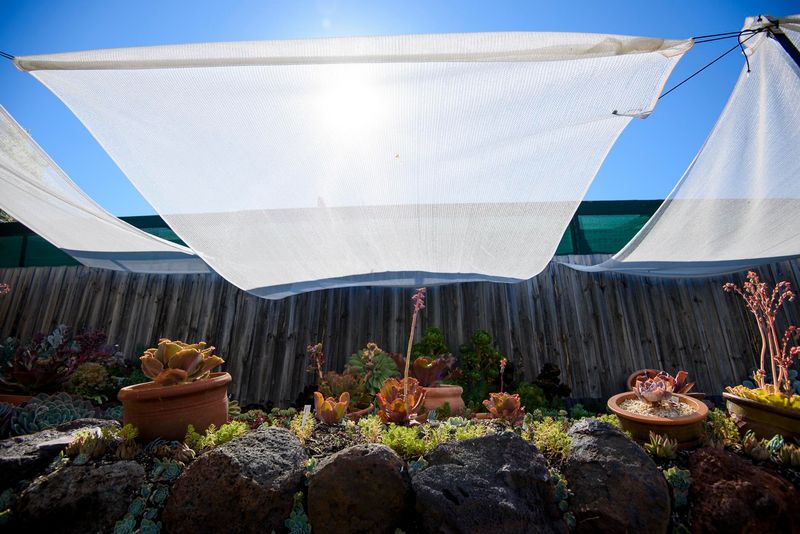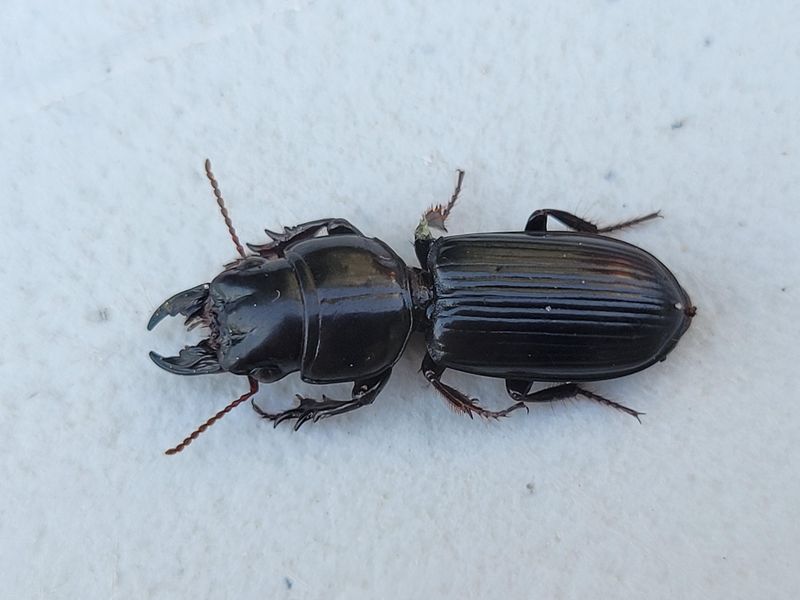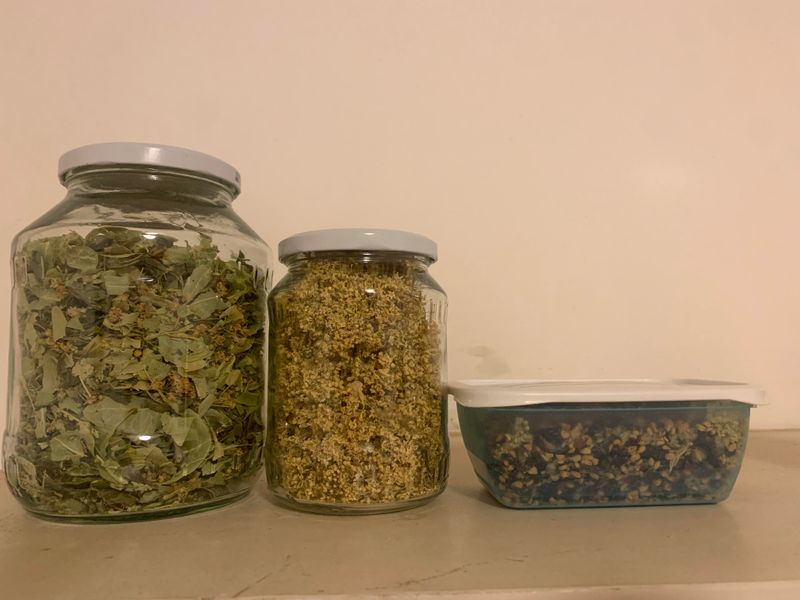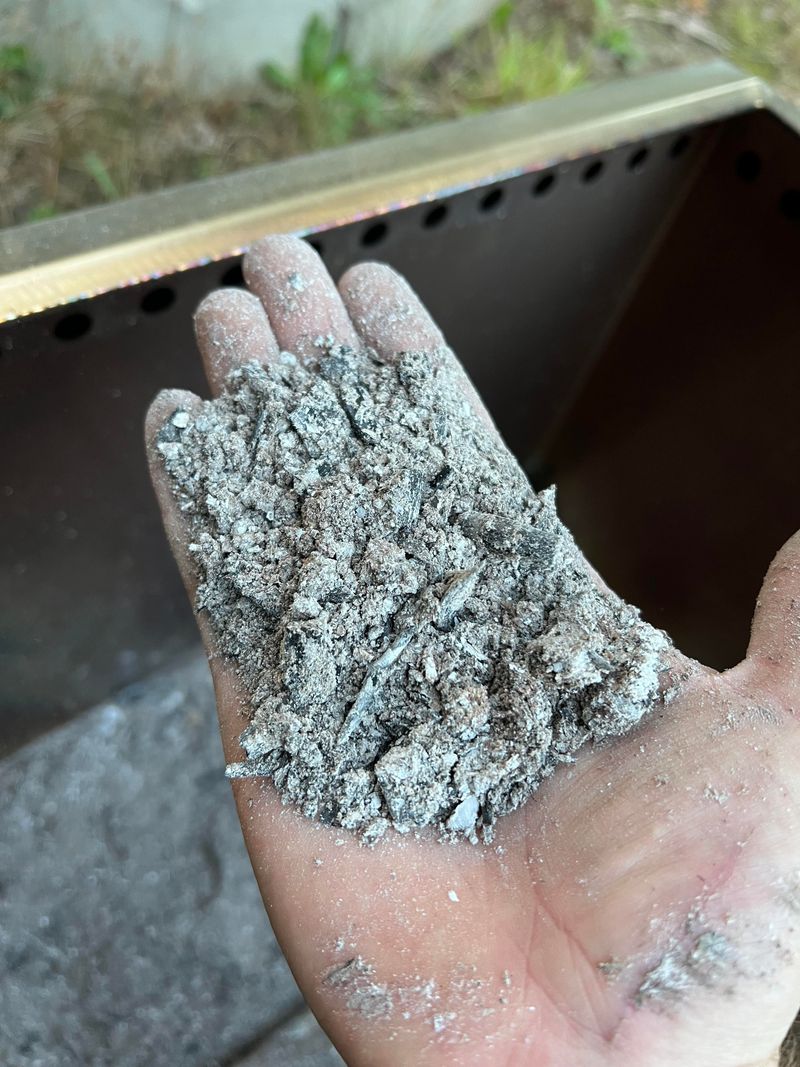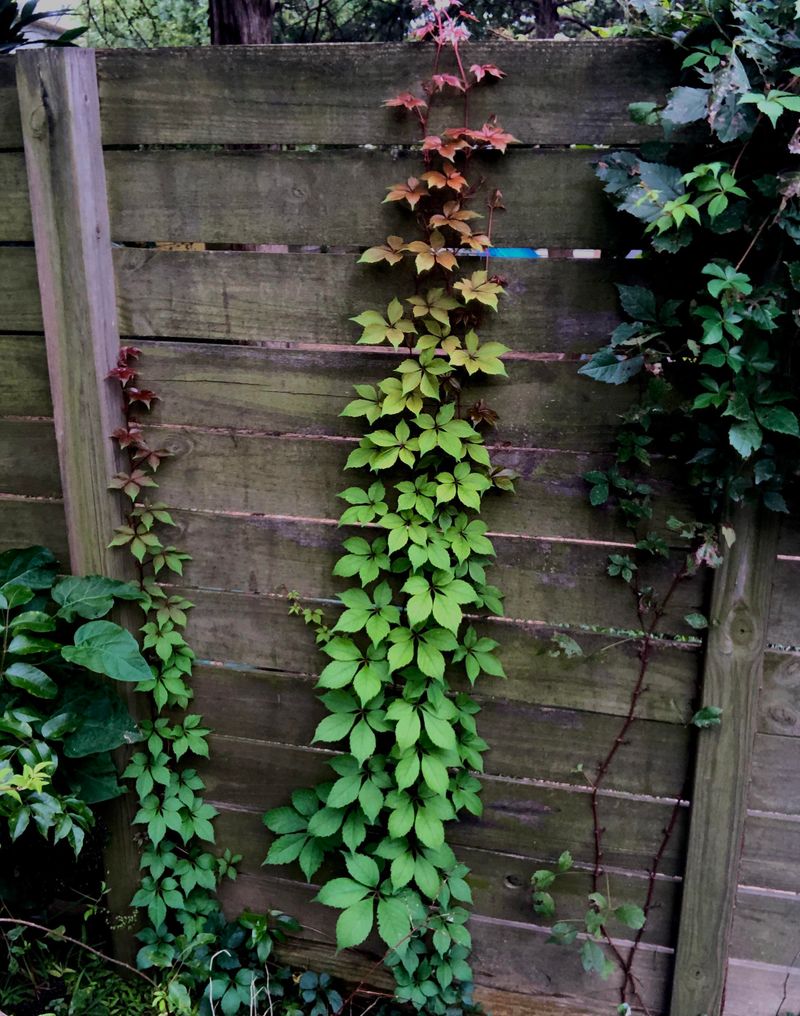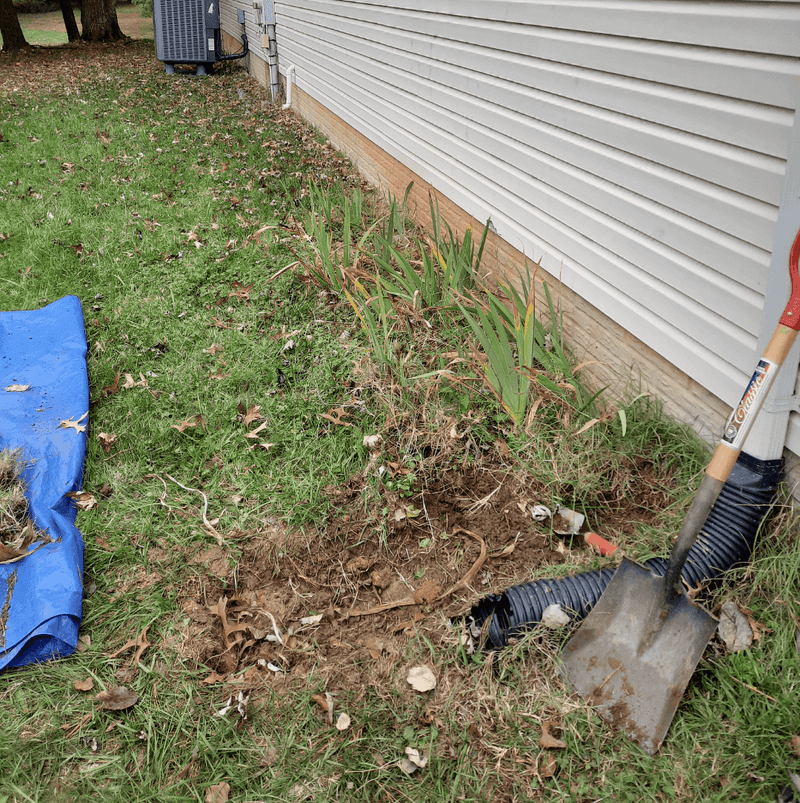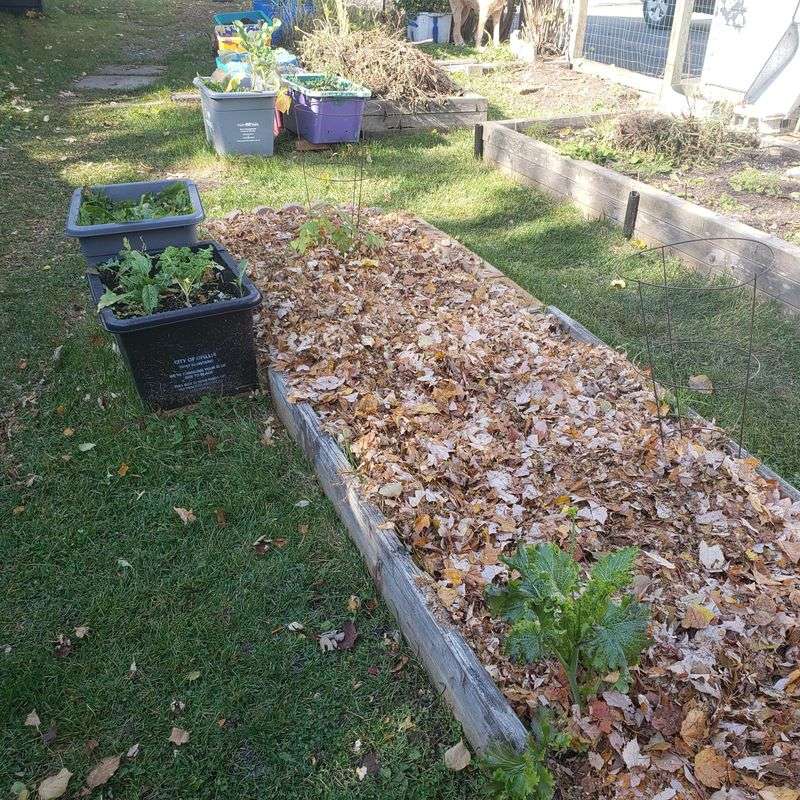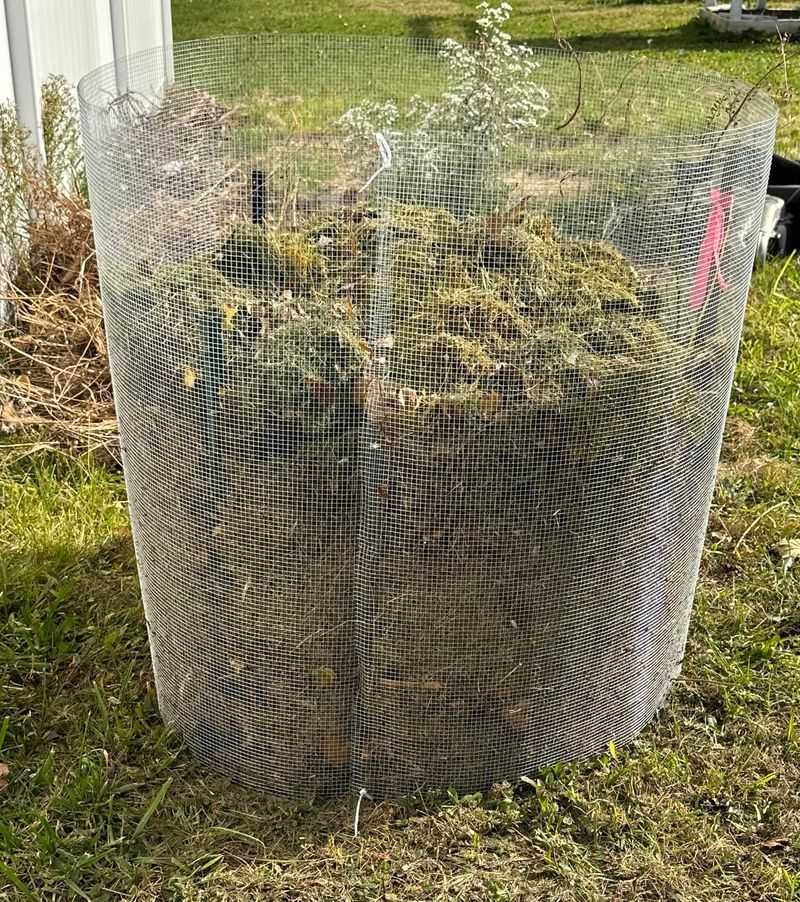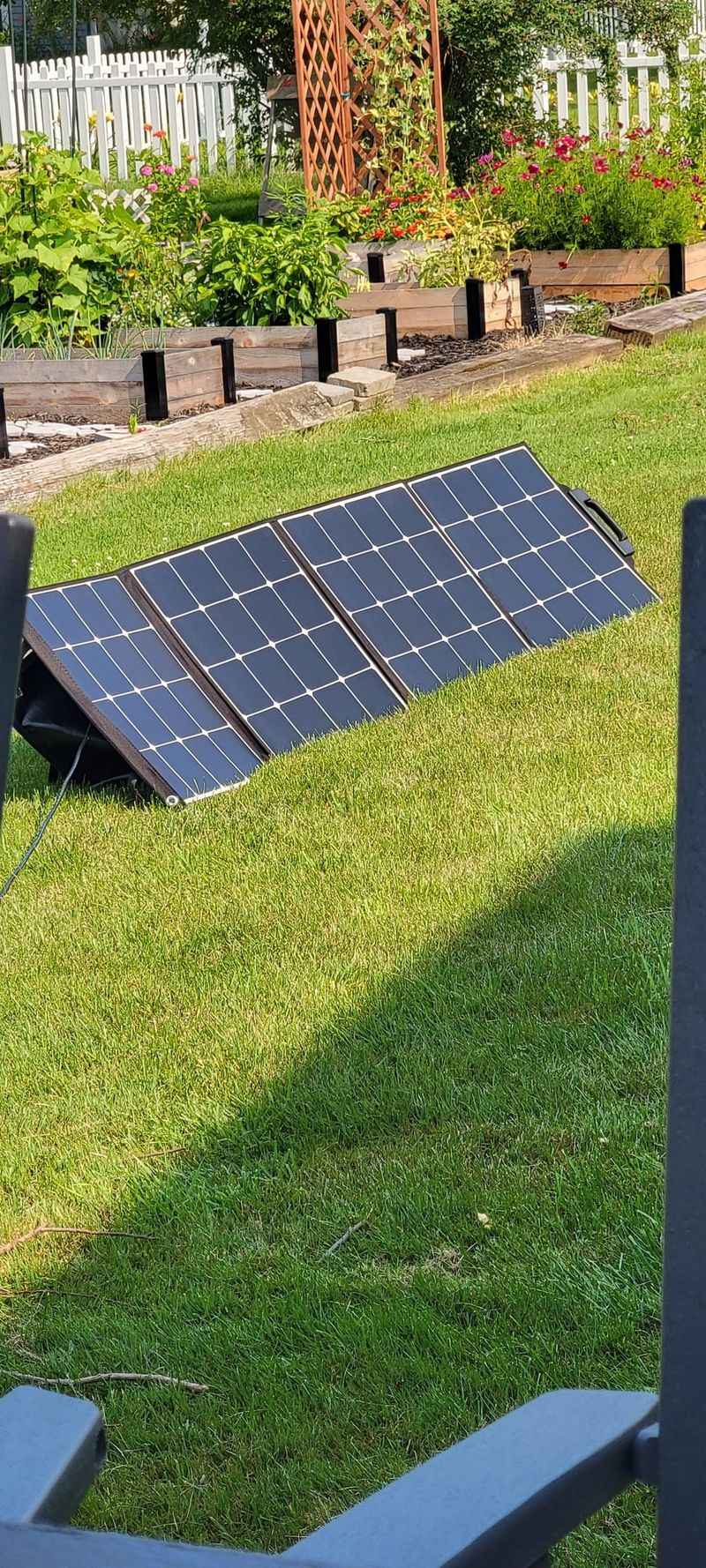Virginia creeper, a charming yet mischievous vine, often finds its way into gardens, delighting in wrapping its tendrils around anything it can find. While some might admire its enthusiasm, others find its rapid growth a bit too invasive.
If you’re looking to bid farewell to this clingy companion without resorting to harsh chemicals, here are 30 creative, natural, and downright playful methods to reclaim your garden!
From enlisting the help of goats to crafting homemade concoctions, we’ve got a variety of techniques that are both effective and entertaining. Ready to playfully wage war against the Virginia creeper? Let’s jump into these engaging and fun methods!
1. Goat Allies
Imagine enlisting a team of cheerful goats as your garden allies, munching away at the Virginia creeper with gusto. These natural lawnmowers find the vine irresistible, making them perfect partners in your green crusade.
Goats are not only effective but also provide an eco-friendly and entertaining solution, turning your garden into a lively petting zoo. Allowing goats to graze in your yard might seem unconventional, but it’s a win-win.
They get a tasty meal, and you get a creeper-free garden. Just ensure your other plants are protected, as goats aren’t exactly picky eaters!
2. Vinegar Solution
In the battle against Virginia creeper, your kitchen holds a secret weapon: vinegar. This common household ingredient turns into a mighty adversary when sprayed directly onto the leaves of the creeper. Its acidity helps to wither the unwanted guest, making it less enthusiastic about sticking around.
Crafting a vinegar solution is as easy as mixing equal parts of white vinegar and water in a spray bottle. Apply it generously on a sunny day for maximum effectiveness. Remember, vinegar can be potent, so use it wisely to avoid harming nearby plants.
3. Boiling Water Treatment
Who knew your morning routine could double as a gardening hack? Boiling water isn’t just for tea; it’s a steamy method of wilting the Virginia creeper’s resolve. Pouring it directly onto the roots gives you a cheap, chemical-free option to manage this persistent plant.
Be careful while handling, as boiling water can scald more than just the creeper! This method works best with a little patience, as repeated applications may be necessary. But with persistence, those tenacious tendrils will think twice before sprouting again.
4. Mulching
Mulching isn’t just for aesthetics; it’s a strategic play in your anti-creeper arsenal. By covering the ground with a dense layer of mulch, you deprive the Virginia creeper of the sunlight it craves. This simple yet effective method curtails its ability to photosynthesize, making it reconsider its residency.
Not to mention, mulch adds a neat, polished look to your garden while promoting soil health. It’s like giving your plants a cozy blanket while sending a firm eviction notice to the creeper. A well-mulched garden is a happier garden!
5. Hand-Pulling
Sometimes, getting your hands dirty is the most satisfying way to tackle a problem. Hand-pulling allows you to be up close and personal with the Virginia creeper, ensuring you remove it right from the root. This method is particularly effective after a good rain when the soil is soft.
While it might sound labor-intensive, think of it as a therapeutic exercise session. Plus, it gives you the chance to inspect your garden closely and keep other potential invaders at bay. It’s a labor of love with rewarding results!
6. Salt Barrier
Who knew that something so essential in your kitchen could deter the persistent Virginia creeper? Salt isn’t just for seasoning; it creates an unfriendly environment for this invasive plant. Sprinkling salt around the base of the creeper can disrupt its ability to thrive. However, use with caution!
Salt can affect the soil’s health, so it’s best applied sparingly around stubborn areas. Consider this method as creating a salty barricade, telling the creeper it’s time to pack its bags and leave.
7. Soap Spray
With just a little dish soap and water, you can whip up a concoction that’s a gentle yet firm adversary to the Virginia creeper. This mixture coats the leaves, disrupting their growth and making it difficult for them to spread. It’s a simple remedy from your kitchen arsenal.
Prepare the solution by mixing a few drops of dish soap with water in a spray bottle. Apply directly to the creeper, focusing on the undersides of the leaves. It’s a sudsy solution that keeps your garden in check without the harshness of chemicals.
8. Baking Soda Blend
Baking soda, the unsung hero of household chores, steps up as a natural deterrent against Virginia creeper. Sprinkling it onto the leaves can disrupt the plant’s growth cycle, making it reconsider its tenacious journey through your garden.
Combine with water to create a paste for more stubborn areas, and apply directly to the invaders. This method is not only effective but also safe for the environment and your precious plants. Baking soda is the gentle giant in your battle against the creeper’s relentless spread.
9. Cardboard Cover
Who would’ve thought that cardboard, the unsung hero of the recycling world, could double as a garden tool? Laying down cardboard over Virginia creeper blocks sunlight and smothers the plant’s ambition to grow.
It’s an eco-friendly approach that also enriches the soil as it decomposes. This method requires a bit of patience, but it’s well worth the effort. As the cardboard breaks down, it adds nutrients to the soil, making it a win-win situation. It’s a stealthy tactic that quietly tells the creeper it’s no longer welcome.
10. Corn Gluten Meal
Corn gluten meal isn’t just for livestock; it’s a gardener’s secret weapon against Virginia creeper. This natural product prevents seeds from germinating, giving you an advantage in controlling the spread.
Sprinkle it generously around the areas where the creeper is most troublesome. Its pre-emergent properties help keep new growth at bay, ensuring a more manageable garden landscape.
Plus, it’s safe for the environment, making it a sustainable option for those looking to maintain harmony in their green spaces. Corn gluten meal is your garden’s quiet champion!
11. Citrus Oil Mix
Citrus oil, with its refreshing scent, becomes an unexpected ally in controlling Virginia creeper. Mixing a few drops with water and applying it to the leaves acts as a natural herbicide, discouraging the creeper’s spread. It’s a fragrant solution that turns the tables on unwanted growth.
This method not only helps manage the creeper but also adds a pleasant aroma to your garden. The citrus oil treatment is both gentle and effective, sending a clear message to the creeper while keeping the rest of your plants happy. Who knew fighting creepers could smell so sweet?
12. Ground Cover Competition
Why not introduce some friendly competition to your garden? Ground covers like periwinkle or clover can outpace the Virginia creeper, making it harder for the vine to establish itself. These plants not only beautify your space but also work tirelessly to keep invaders at bay.
By covering the ground effectively, these plants reduce the sunlight available to the creeper, stunting its growth. It’s nature’s way of keeping balance, where each plant plays its part in the garden ecosystem. A little rivalry can go a long way in keeping your garden creeper-free!
13. Climbing Obstructions
Redirect the ambitious Virginia creeper by placing obstacles in its path. Trellises, fences, and strategically placed garden art can disrupt its climbing ambitions, forcing the vine to reconsider its route.
These structures not only serve a practical purpose but also add visual interest to your garden. This method requires creativity and a bit of planning, transforming your garden into a dynamic landscape.
By changing the creeper’s course, you gain control over its growth, making your space a harmonious blend of nature and design. It’s a game of strategy, and you hold the winning hand.
14. Plastic Sheeting
Harness the power of the sun with plastic sheeting, an innovative method to eradicate Virginia creeper. By covering the affected area, you trap heat and moisture, effectively cooking the plant beneath. It’s a simple yet powerful approach that uses nature’s own energy to reclaim your garden.
This solarization method requires a sunny spot and a bit of patience. Over time, the creeper will succumb, leaving behind a clean slate for new growth. It’s an eco-friendly tactic that combines science and simplicity for garden success.
15. Coffee Grounds
Your morning coffee ritual gets an eco-friendly twist by using leftover coffee grounds as a natural deterrent for Virginia creeper. Sprinkling these aromatic remnants around the base of the plant helps to acidify the soil, disrupting the vine’s happy habitat.
Not only does this method recycle kitchen waste, but it also enriches the soil with valuable nutrients. It’s a caffeinated approach to keeping your garden in check, where every sip and sprinkle counts. Coffee grounds add a touch of sustainability to your gardening routine!
16. Pruning Shears
Sharpen those pruning shears and channel your inner gardener to tackle the Virginia creeper head-on. Regular pruning helps manage its rampant growth, keeping it from overtaking your favorite plants. It’s a precise method that allows you to shape and control the vine’s ambitions.
By snipping away excess growth, you give your garden breathing room to thrive. Pruning is both an art and a science, where each cut helps sculpt a more balanced garden space. It’s the gardener’s way of keeping harmony amidst nature’s exuberance.
17. Epsom Salt
Epsom salt, a garden enthusiast’s favorite, plays a dual role in nourishing plants and deterring Virginia creeper. Mixing it with water and spraying the solution on leaves introduces magnesium, disrupting the plant’s growth cycle.
This method is a gentle approach that helps keep the creeper’s ambitions in check. By making the environment less hospitable, Epsom salt allows other plants to flourish. It’s a balancing act where nourishment meets control, guiding your garden to a healthier future.
18. Rice Water Rinse
Ever thought of using your leftover rice water as a gardening tool? This starchy liquid can act as a natural deterrent for Virginia creeper by altering the soil’s composition.
Pouring it directly onto the roots helps to weaken the vine’s hold. It’s an eco-friendly approach that repurposes kitchen waste, supporting sustainability while tackling garden challenges.
Plus, rice water contains nutrients that can benefit other plants, making it a multi-tasking hero in your gardening toolkit. Embrace this simple yet effective method for a creeper-free garden!
19. Rotating Crops
Crop rotation isn’t just for farmers; it’s a clever strategy to outsmart the Virginia creeper. By changing the plants in your garden periodically, you disrupt the creeper’s environment, making it harder for the vine to establish dominance.
This method adds variety to your garden while keeping it healthy and resilient. It’s a natural way to maintain balance, where diversity keeps invaders at bay. Embrace the art of rotation for a dynamic, thriving garden experience.
20. Neem Oil
Neem oil, the versatile elixir from nature, serves as a gentle yet effective method to combat Virginia creeper. This natural pesticide interferes with the plant’s growth, making it an unwelcome presence in your garden.
Mixing neem oil with water creates a spray that can be applied directly to the leaves. The oil’s properties help to disrupt the creeper’s lifecycle, providing a non-toxic solution for gardeners. It’s nature’s way of offering a helping hand in maintaining a balanced ecosystem.
21. Shade Cloth
Adding a touch of mystery to your garden, shade cloth becomes an ally in suppressing Virginia creeper. By reducing sunlight, you limit the vine’s growth potential, making it rethink its ambitions.
This method is both practical and aesthetic, as the cloth can blend seamlessly with your garden design. It’s a subtle approach that whispers to the creeper, encouraging it to find greener pastures elsewhere. Let the shade cloth be your silent guardian in the garden!
22. Natural Predators
Mother Nature lends a hand with natural predators that find Virginia creeper a tasty treat. Beneficial insects like beetles can help control the vine’s growth by feasting on its leaves. Introducing these garden allies maintains a natural balance, reducing the need for intervention.
By fostering a diverse ecosystem, you encourage a self-sustaining environment. Let the bugs be your garden’s bouncers, keeping the creeper in check!
23. Herbal Infusions
Unleash the power of herbs by creating infusions that deter Virginia creeper. Using potent combinations like garlic and chili, these concoctions can be sprayed directly onto the leaves, sending the creeper packing.
Crafting herbal infusions is a fun experiment that turns your kitchen into a mini lab. The strong scents and properties of the herbs act as natural repellents, giving you an eco-friendly way to manage garden invaders. It’s a fragrant battlefield where nature fights for you!
24. Ash Application
Ash, the remains of your cozy fires, finds new purpose in the garden. Sprinkling it around the base of Virginia creeper alters the soil’s pH, making it less hospitable for the vine. This method recycles waste, closing the loop between household and garden.
Ash provides a hearty defense, telling the creeper to find a new home. Let the remnants of warmth and comfort become your garden’s silent guardians.
25. Water Deprivation
When water becomes a precious commodity, Virginia creeper struggles to thrive. By limiting watering in affected areas, you create a challenging environment for the vine.
This method requires careful planning to ensure your other plants remain healthy. Water deprivation is a tactical maneuver, pushing the creeper to seek more favorable conditions. It’s a strategic play that requires patience but yields rewarding results.
26. Manual Digging
For those who enjoy a hands-on approach, manual digging offers a thorough way to eliminate Virginia creeper. By removing the roots entirely, you prevent regrowth, ensuring long-term control.
This method requires dedication and a bit of elbow grease, but the satisfaction of a creeper-free garden is worth the effort. Digging deep into the soil unearths the vine’s hidden ambitions, giving you the upper hand. It’s a battle of wills where persistence prevails.
27. Leaf Mulch
Leaf mulch, the natural byproduct of garden maintenance, becomes a formidable opponent for Virginia creeper. By applying a thick layer, you block sunlight and suppress the vine’s growth.
This method enhances soil fertility while controlling unwanted plants. Leaf mulch adds a rustic touch to your garden, blending seamlessly with the natural landscape. Let nature’s leftovers play a crucial role in your gardening strategy!
28. Grass Clippings
Turn mowing into a strategic advantage by using grass clippings to suppress Virginia creeper. These clippings, when spread over the vine, block sunlight and stunt its growth. This method recycles garden waste, promoting a sustainable ecosystem.
Grass clippings provide a soft, green blanket that tells the creeper it’s time to move on. Embrace this simple yet effective approach to maintain a vibrant garden landscape.
29. Solar Power
Harnessing solar power isn’t just for your home; it’s a futuristic way to control Virginia creeper. By powering a water pump or garden lights, you create an environment that disrupts the vine’s comfort zone.
This method combines technology with eco-friendliness, offering a sustainable solution to garden invaders. Solar power provides a modern twist to traditional gardening, showcasing innovation and creativity. Let the sun’s energy guide your garden’s future!

